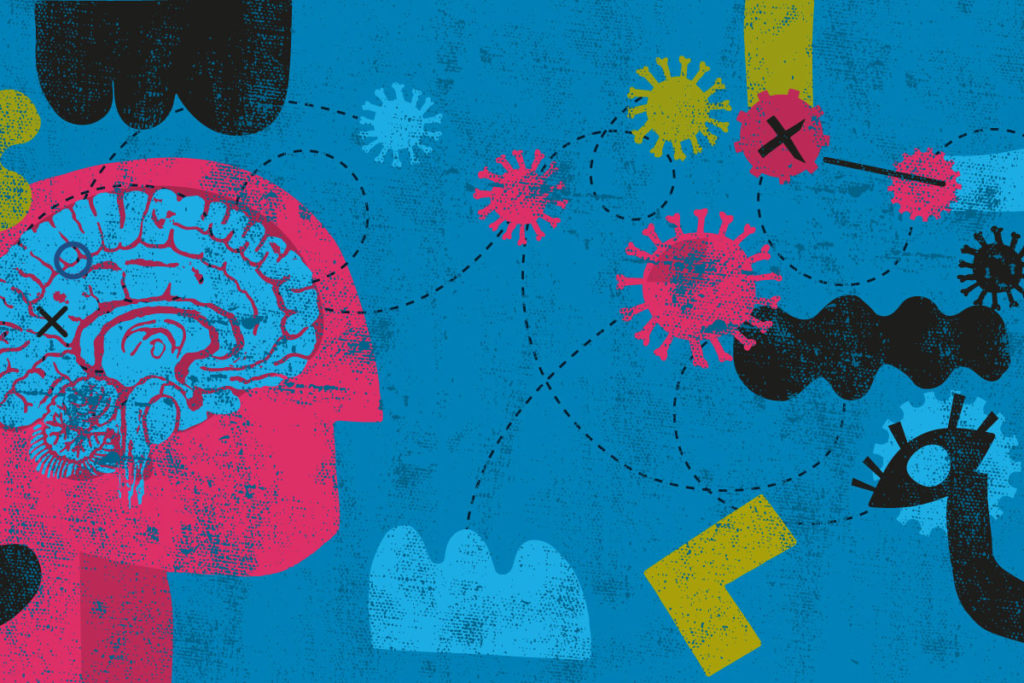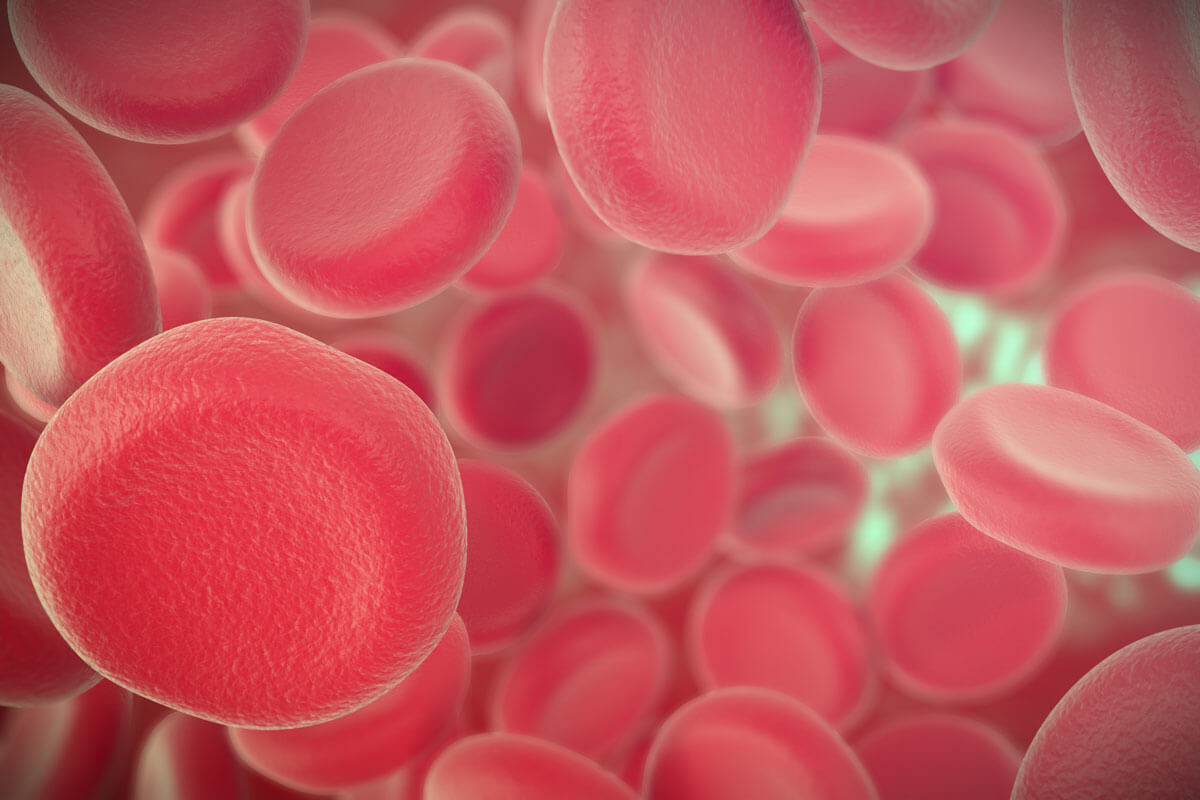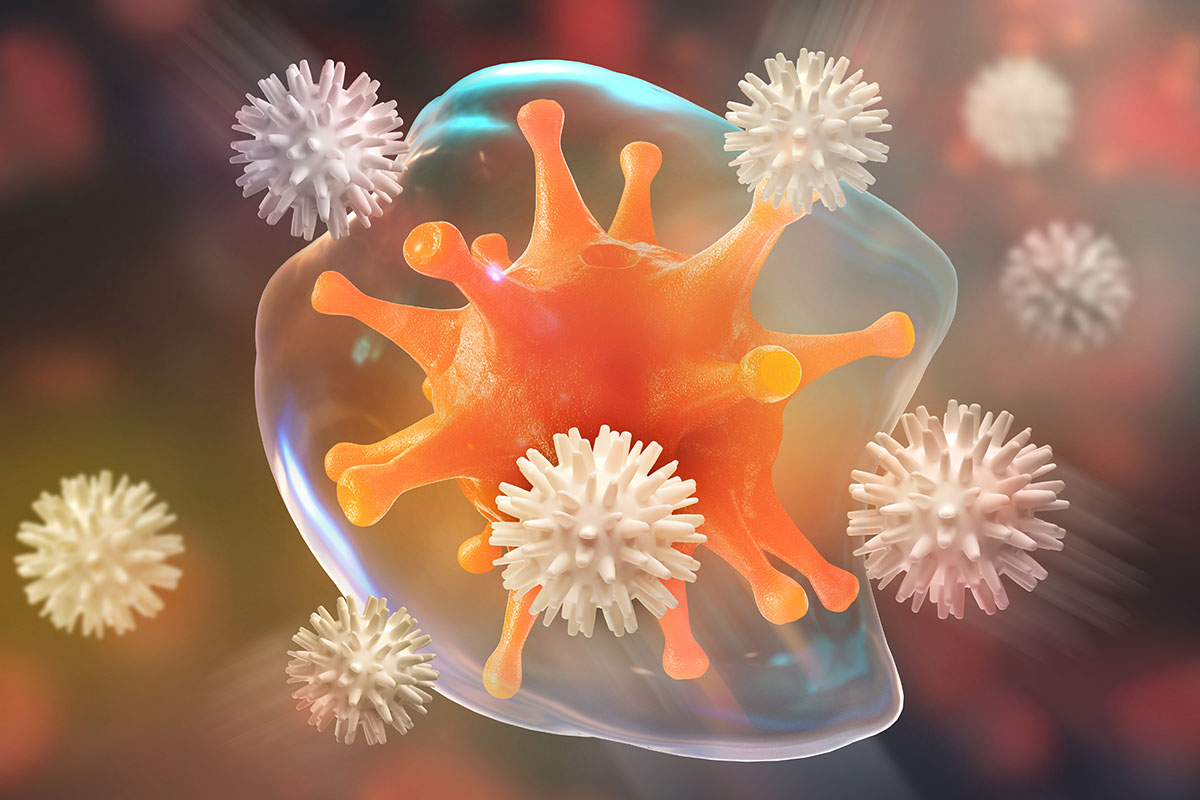Chronic infections, including Lyme disease, can affect every organ system in the body, including the endocrine system. When the body is under assault from a chronic infection, organ system function is compromised, contributing to insufficient levels of thyroid, adrenal, and sex hormones. Inadequate production or release of hormones produced by these glands causes the same symptoms seen in Lyme disease – fatigue, pain, brain fog, headaches, depression, and more. Successfully addressing the symptoms of Lyme disease and other chronic infections requires the proper assessment and treatment of hormone dysfunction.

The Problem with Conventional Assessment of Hormones
Conventional medicine defers to laboratory reference ranges for diagnosing and treating endocrine dysfunction. Standard reference ranges are established based on a 95th percentile curve meaning someone would have to be in the upper or lower 2.5 percentile to be considered out of range. The shortfall of using this approach is many people who suffer from symptoms get overlooked. This ‘cookie-cutter’ approach fails to consider each patient’s symptoms and does not require the physician to use their clinical judgment.
Additionally, a physician may not order the entirety of lab tests to make a proper evaluation. For example, a complete thyroid panel should include TSH, Free T3, Free T4, and Reverse T3 to assess thyroid function properly. Most conventional physicians will order just a TSH test.
The Endocrine Response in Infections
The endocrine system was designed to respond to short-term stressors such as injury and acute inflammation. When an injury or inflammation is chronic, the endocrine system response becomes maladaptive and leads to disease. Increased inflammation affects the hypothalamus-pituitary function, initially contributing to increased cortisol production, decreased thyroid production, and reduced testosterone production. Over time, cortisol production declines, leading to fatigue and increased inflammation.
Infections that can exist inside blood vessels like Bartonella and Babesia enter cerebral circulation and affect the conductors of the endocrine system – the hypothalamus and pituitary.
Hormones Influence Immune Function
The human body produces about 50 hormones, and each hormone influences the other just as one instrument in a symphony affects the others. Different hormones also have various influences on the immune system. Cortisol, testosterone, and progesterone can suppress the immune response, whereas DHEA, T3 thyroid (triiodothyronine), and estradiol (estrogen) activate the immune system.
Estrogen in Lyme Disease
Sufficient levels of estrogen provide immune-activating and anti-inflammatory benefits. Estrogen increases B-cell and antibody production to support the immune response. I have seen young women with Lyme disease with very low estrogen levels in my practice. Deficient estrogen levels in a woman of reproductive age should provide a clue to rule out an underlying infection such as Lyme disease.
Lyme disease symptoms can flare in a monthly cyclical pattern. These symptoms may be attributed to hormonal changes in a woman if she has undiagnosed Lyme disease. Some women with Lyme disease experience severe PMS due to the underlying inflammation of the infection.
Do Men and Women Have a Different Immune Response to Lyme Disease
A group of researchers set out to determine if there was a difference in immune responses between men and women. They discovered that women’s immune cells secrete higher amounts of the cytokines interleukin-4, interleukin-6, interleukin-10, interferon-gamma, and tumor necrosis factor-alpha (TNF-a). Based on the cytokine release, the researchers calculated the T-helper cell 1(Th1) to T-helper cell 2 (Th2) ratio and discovered women have higher Th1/Th2 ratios than men. An increased Th1 immune response early in infection is more effective at clearing an infection than a Th2 response.
Women Get Tick Bites at a Greater Rate Than Men
There is a higher incidence of Lyme disease in women when compared to men. Swedish researchers compared the incidence of tick bites between men and women. Women over 40 years old had a 48% higher risk of a tick bite than men of the same age. Women under 40 years old had a 96% higher chance of attracting a tick bite than men of the same age. This raises the question of whether estrogen attracts ticks, leading to increased tick bites in women.
Estrogen Testing and Treatment
Women make three different estrogens. A four-sample urine hormone test is the best method for testing these estrogens (and progesterone). The four samples throughout the day provide a more accurate assessment than a single blood draw since hormones fluctuate throughout the day. Women should always administer estrogen replacement transdermally with a cream or a patch. Compounded bio-identical estrogen cream uses two of the beneficial estrogens, whereas a manufactured patch only provides estradiol. Women should always use progesterone when taking estrogen (even if they have had a hysterectomy) because of the benefits progesterone provides.
Thyroid Influences Energy and Immune Function
The thyroid gland is commonly affected by chronic infections leading to hypothyroid symptoms. Thyroid hormones regulate energy production and influence immune function. A poor functioning thyroid causes fatigue, cold hands & feet, constipation, weight gain, a weakened immune response, difficulty concentrating, depression, etc. Infections can also contribute to thyroid antibody production, causing autoimmune thyroiditis.
Inflammation in Lyme Disease Affects Thyroid Function
Inflammatory cytokines produced in response to Lyme disease and other chronic infections directly affect thyroid hormone signaling. Thyroid stimulating hormone (TSH) levels may decline, reducing signaling to the thyroid gland to produce thyroid hormones. The conversion of the inactive thyroid hormone (T4) to the active form (T3) can also be affected by inflammation in Lyme disease. Reverse T3 can elevate in response to inflammation and block the T3 hormone contributing to functional hypothyroidism.
T3 Thyroid Hormone Increases the Immune Response
The active thyroid hormone (T3) stimulates an immune response. If someone with Lyme disease has a low immune response, increasing levels of T3 can elicit the immune response and helps control the infection. If someone has an overreactive or increased immune response, they may not tolerate T3 medication because it increases the immune response and decreases cortisol. This may present as increased Herxheimer reactions. T3 hormone replacement also improves mitochondrial function leading to increased ATP production and energy.
Hypothyroidism and Lyme Disease Mimic Each Other
The symptoms of hypothyroidism and Lyme disease are very similar. Both conditions can cause symptoms in each organ system in the body and mimic one another. Paparone published a case report of concurrent Lyme disease and hypothyroidism. He describes the patient presenting with joint and muscle pain, headaches, nerve pain, and swollen hands and feet. She had a history of multiple tick bites, the last being six months prior and about the onset of her symptoms. He treated the woman with antibiotics, but her symptoms only improved slightly. After laboratory testing confirmed hypothyroidism, he prescribed her thyroid medication. Within a few months, she felt much better and continued antibiotics and thyroid medication until her symptoms resolved. Lyme disease may have contributed to hypothyroidism, or both conditions coincided.
Many of the patients I see with Lyme disease also experience hypothyroidism. TSH, Free T3, Free T4, and Reverse T3 levels must be tested to assess thyroid function properly. TSH levels should be below 2.0. Anyone with hypothyroidism should take liothyronine (T3), the active thyroid hormone. Levothyroxine (T4) should never be taken without T3 since conversion from T4 to T3 is often compromised in chronic illness. Natural desiccated thyroid hormone such as Armour is also a good option. The dose of thyroid medication should be based on clinical symptoms and not laboratory results alone.
Cortisol is the Foundation of all Hormones
The adrenal glands produce cortisol, commonly known as the hormone produced in response to stress. Cortisol is necessary for short-term stressful events, but chronic stress reduces cortisol production contributing to fatigue, inflammation, and pain. Cortisol is the body’s natural steroid hormone and affects every organ and tissue in the body. Cortisol stimulates mitochondria which influences energy, mood, and cognition.
Cortisol is released by the adrenals in response to infections and is required to moderate inflammation. Cortisol helps to regulate an overactive immune response in allergies and autoimmune conditions. Most people with chronic illnesses have insufficient cortisol and benefit from cortisol replacement.
Symptoms of Low Cortisol
- Fatigue, poor recovery
- Brain fog, cognitive dysfunction
- Inability to cope with stress
- Aches, pains, and muscle stiffness
- Nausea, poor digestion
- Headaches
- Anxiety, irritability, feeling burned out
- Insomnia with frequent waking
- Inflammation, allergies, and autoimmunity
- Sensitivity to light, sound, and chemicals
Using Cortisol in Lyme Disease
Since most people with chronic infections do not produce adequate cortisol, they are more susceptible to inflammatory reactions when they start antimicrobial treatment. A Herxheimer reaction is an inflammatory reaction to pathogenic debris. People with hypocortisolism benefit from cortisol replacement while on antimicrobial therapy.
Steroid hormones are often considered immunosuppressive and are avoided when someone has an infection. However, achieving physiological cortisol levels while on antimicrobial therapy can be very beneficial. Cortisol tempers inflammation while antibiotics or antimicrobial herbs kill the infection. The hypothalamus-pituitary-adrenal (HPA) axis can recover when the infection is effectively treated, allowing a person to taper off the medication.
Testing and Treatment of Cortisol
Assessing cortisol function starts if there is clinical suspicion based on symptoms. The preferred to assess cortisol secretion is with a 4-point salivary cortisol test. National and functional medicine laboratories offer this test and require a physician’s order.
Supplementing with cortisol should follow the physiological pattern of cortisol secretion. The dose of cortisol is higher in the morning and lower throughout the day, depending on the supplemental need. People may need to increase the amount of hydrocortisone when experiencing increased stress or with more aggressive antimicrobial therapy. It is essential to supplement with DHEA while on hydrocortisone.
Testosterone in Lyme Disease
Inflammation from chronic Lyme disease contributes to hypothalamus-pituitary dysfunction and can affect testosterone levels. I have seen men in their 30s and 40s with Lyme disease have deficient testosterone levels. Research studies have found that men with lower testosterone levels experience a more severe course of infection.
Testosterone functions to moderate the immune system, playing a crucial role in chronic infections. Testosterone also supports energy, mood, and muscle strength, so optimal levels are critical in healing from Lyme disease.
Bioavailable testosterone is the best laboratory marker for assessing testosterone levels. Supplementing with injectable or transdermal testosterone provides a great benefit if levels are low.
The Role of Hormones in Lyme Disease
The association between thyroid, adrenal, and sex hormones and chronic infections, including Lyme disease, is not often considered. Sufficient levels of hormones are necessary since hormones influence the immune response. Compounding the issue, chronic infections adversely affect hormone levels contributing to the symptoms commonly seen in Lyme disease. Thyroid, adrenal, and sex hormones should be properly assessed and, if needed, treated to improve Lyme disease symptoms and overall outcome.
This article was inspired by a presentation given by Henry Lindner, MD



